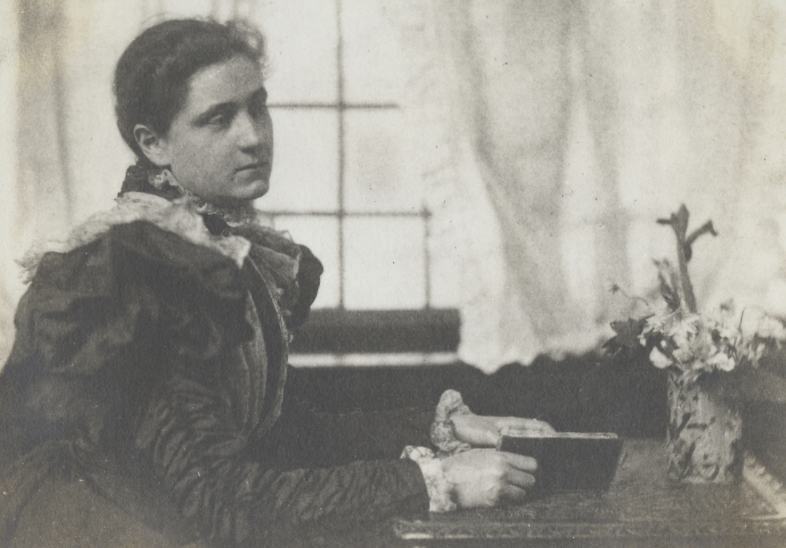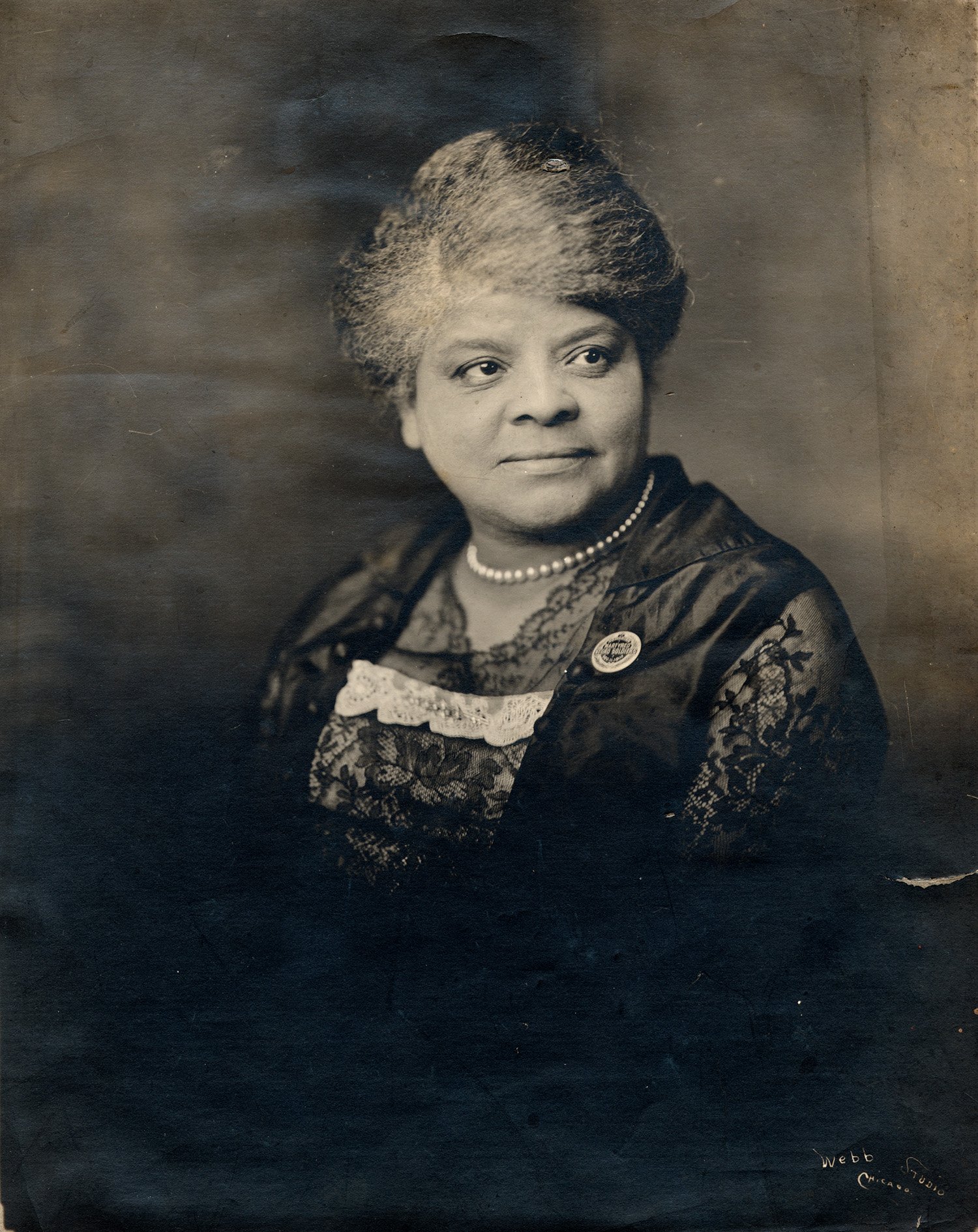Who was Ida B. Wells?
/Ida B. Wells-Barnett, born into slavery in Holly Springs, Mississippi, just six months before the Emancipation Proclamation, became a fearless anti-lynching crusader, suffragist, women's rights advocate, and journalist.
Wells-Barnett started her career in Memphis as a public school teacher but was dismissed from her position in 1892 after speaking out against racial inequalities. She also co-owned and eventually became the editor of the only black newspaper in the city, The Memphis Free Speech.
Ida B. Wells-Barnett wearing a pin she created to commemorate the court-marshal and hanging of Black Soldiers in Texas. the pin reads “In Memoriam Martyred Negro Soldiers Dec. 11, 1917.”
The lynching of Thomas Moss, Calvin McDowell, and Henry Stewart in 1892 spurred Ida B. Wells-Barnett’s investigation into the increasing violence against Black communities in Memphis. Sponsored by Black women’s clubs to pursue her investigation of lynching, she published her findings in a pamphlet titled Southern Horrors. In it, she showed that one-third of charges against black men were for the rape of white women, which therefore “justified” the violence in the name of protecting white women. However, Wells-Barnett found that many of these relationships were consensual, causing outrage within the white community. A mob destroyed her newspaper office in retaliation.
When she relocated to Chicago, Wells-Barnett and Jane Addams collaborated, as well as sometimes challenged one another, in their effort to create a more just world. The two reformers triumphed in their successful struggle to block the establishment of segregated public schools in Chicago. In 1909, the two joined forces again to attend a conference of progressive activists and signed The Call, a proposal for the establishment of the National Association of the Advancement of Colored People (NAACP).
On the topic of lynching, Wells-Barnett challenged Addams and the white progressive movement. In 1901, Addams published her article "Respect for Law" in the New York Independent, in which she condemned lynching. A few months later, Wells-Barnett penned a response, "Lynching and the Excuse for It," that praised Addams’ analysis but was critical of Addams’ assumption that Black men had actually committed crimes prior to being lynched, a common assumption among white progressives. Wells-Barnett compared her own work at The Negro Fellowship League in Chicago, a settlement house she founded in 1910 for Black migrants from the South, to Addams’ work at Hull-House.
A 1917 Newsletter of the Alpha Suffrage Club.
In 1913, Ida B. Wells-Barnett, along with other Black clubwomen and white activist Belle Squire, founded the Alpha Suffrage Club in Chicago, thought to be the first and most important Black women's suffrage association in the United States.
Ida B. Wells-Barnett and her husband Ferdinand Lee Barnett, (the owner and founder of the first Black newspaper in Chicago, The Conservator) lived at 3624 S. Martin Luther King Drive between 1919 and 1930. Their home is now a designated National Historic Landmark.
Check Out our Conversations with the Great-Granddaughter of Ida B. Wells, Michelle Duster on our YouTube Channel:
Race and Rights: Wells, Willard, and Addams
"Ida B. the Queen": Michelle Duster in conversation with Essence McDowell



